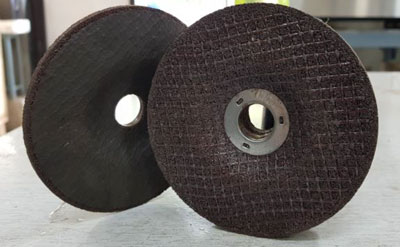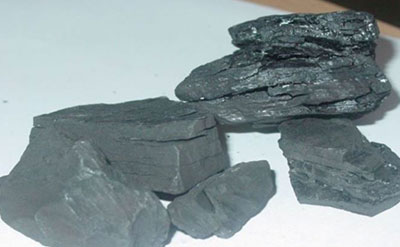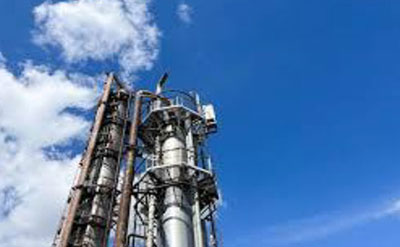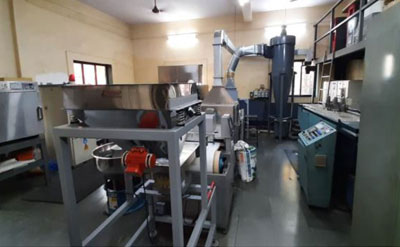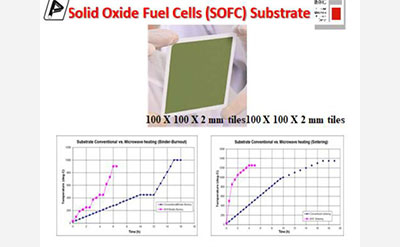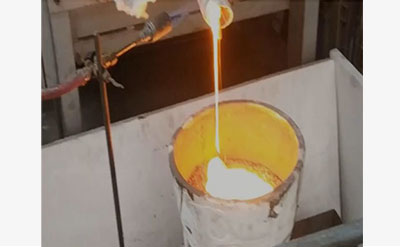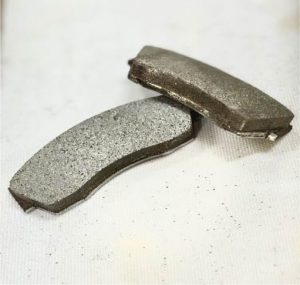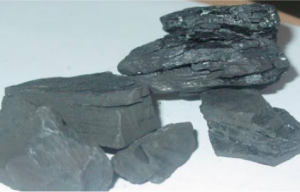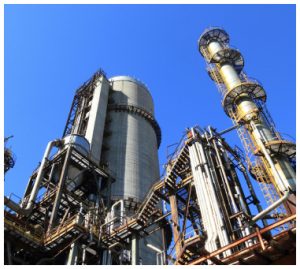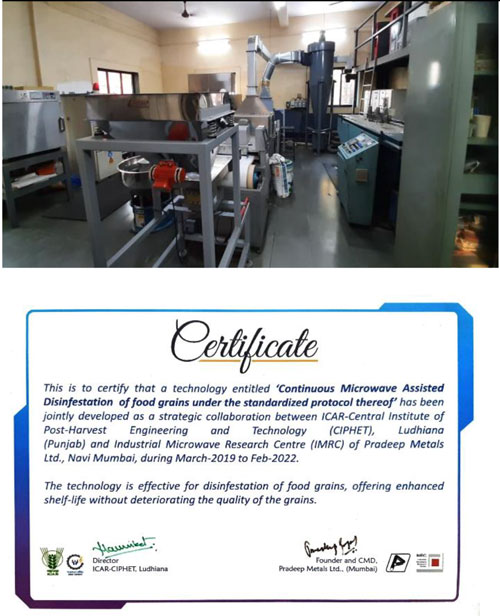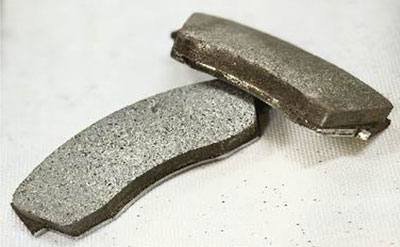 Continuous process for baking of cured friction material using electromagnetic energy
2006-15
|
|
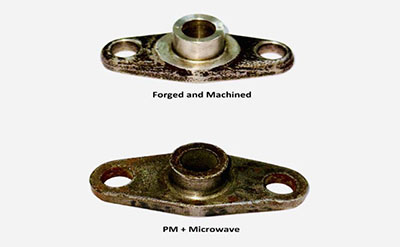 Sintering of powder metals
components made from SS, refractory metals (tungsten), composites of Cu+Cr etc 2006-10
|
|
|
Improving circular economy by converting Industrial metallic waste like forging scales to low alloy steel
2023
|
Other short term exploratory projects
- Sintering of metallic and ceramic composites (2004-07): Sintering process was attempted on a copper-based brake liners (used in aviation), using microwave technology under 8% H2 + 92% N2 atmosphere between 920-980ºC for 3 hours. Conventionally sintering is done at 1100-1200ºC under pure H2, for longer duration.
- Activated carbon from coconut shells (2006-07): This process was developed for converting agricultural waste into high-cost industrial material.
- Sintering of Transparent Ceramics (2008-09): – This project was conducted for defense. Under this activity, sintering of AlON (Al-Oxy Nitride) and Spinels (Al-Mg Oxides) was done using microwaves.
- Rapid curing of concrete paver blocks (2011-13): Curing of concrete pre-cast paver blocks was achieved in 3 days, as opposed to 21 days by conventional curing. The strength achieved was comparable. Due to shortened curing time, the production capacity of the factory can be increased may fold, reduced space required, reduced water consumption, resulting in a sustainable process.
- Decontamination of food additives (2024- ongoing): This is an exploratory project to reduce microbial contamination of food additive “Gum Ghatti/Karaya”, which is a natural product obtained from trees. During manual pick-up in forests and handling, the product gets contaminated with microbes like yeast and moulds. As these are used in pharma as well in food & cosmetics. it is essential that these must be free from microbial contaminants and maintained below the specified limits. Microwave option is being tried out as a new promising non-chemical decontamination process, where a very short exposure of this material in lump or powder form can be decontaminated at much lower temperatures.



